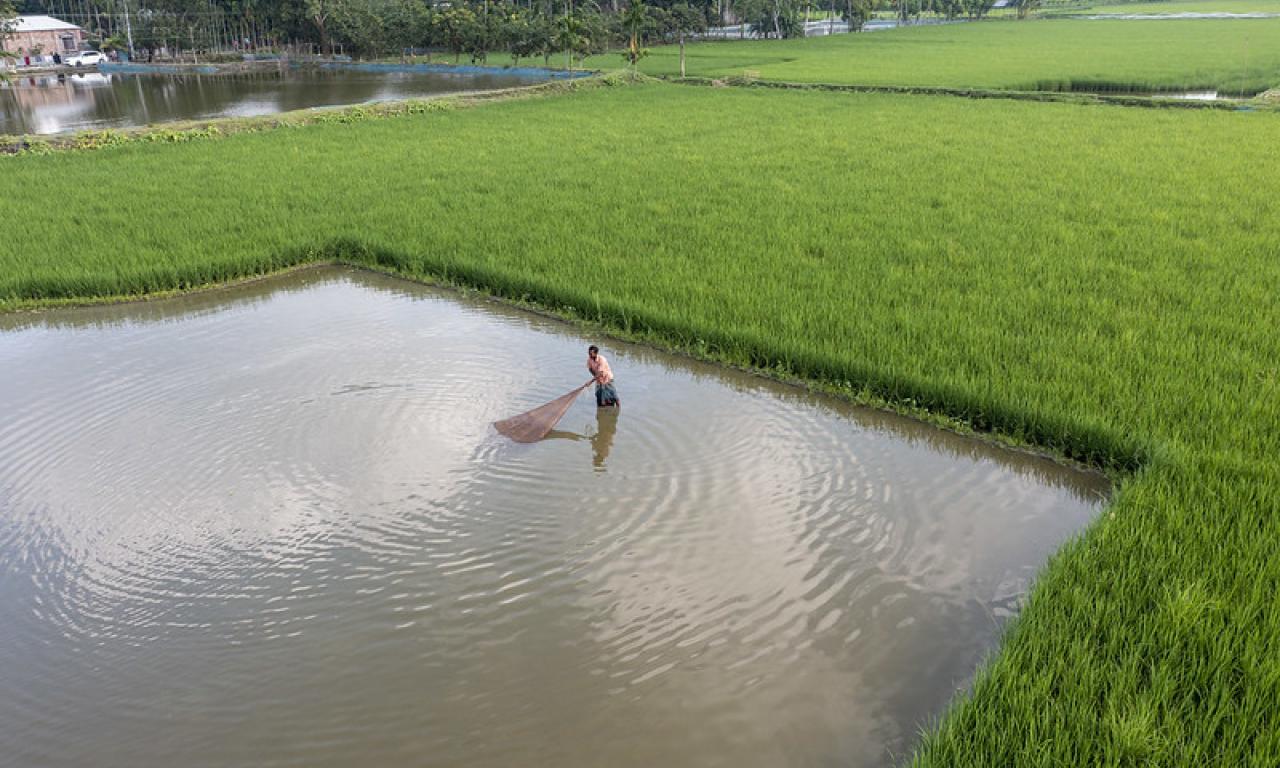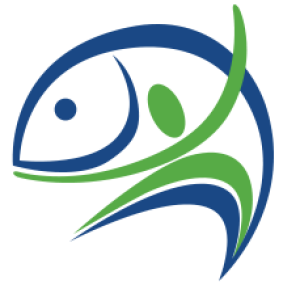
- The world is not moving quickly enough on the future-proof solutions we need.
- Scientists need to continue testing new research models for integrated aquatic and terrestrial production systems.
- International research centers in Malaysia and Mexico are producing proteins and carbohydrates from the same plot of land via coastal aquaculture and high-elevation wheat production.
As our agricultural landscapes strain to meet the needs of the growing global population, the world is realising the sheer scale of our agrifood system challenges. We are looking to the research community for future-proof strategies that benefit coastal aquaculture and high-elevation wheat production.
Diversification is a powerful way to recapture agro-ecological functions lost in monocultural production and to build resilience to increasingly volatile weather and markets. Traditional production systems can provide useful models for diversification, such as the low-input, high-nutrition “co-culture” of rice and fish in Asia, and the milpa system in Latin America, where many different crop species are grown together.
International research centres in Malaysia and Mexico are producing proteins and carbohydrates from the same plot of land. Many complementarities emerge when agricultural landscapes are managed to produce both these essential macromolecules.
We can see this in traditional wheat-growing areas of the Nile Delta, which are confronting a growing gap between water demand and supply. Researchers are helping Egyptian wheat producers to more efficiently use water and nutrients by incorporating indoor tilapia production into their operations and using the nutrient-rich effluent to grow fruit trees and vegetables. Integrated aquaculture-agriculture is enabling these producers enhance their productivity and diversify their income streams despite degraded conditions.
In Asia, scientists are quantifying the benefits of different integrated rice-fish production systems and investigating the role of emerging innovations.
The next step would involve mechanisation for early planting, preventing loss to extreme heat events, and improved conservation of soil and water through integrated management.
Co-design can be central to locally adapted innovation. Farmer-centric innovation models, combined with new measurement tools, allow scientific advances to benefit diverse smallholder production systems.
To combat antibiotic resistance, Egyptian aquaculture stakeholders use a process called “system mapping”, which generates feasible options – rapid diagnostics, improved water management and feed storage – that maintain fish health while reducing antibiotic use.
In response to the wheat supply crisis, other scientists are combining integrated crop management, soil-conserving practices, digital advisories and improved varieties. Substituting wheat flour with blended wheat flour is another response.
The world is not moving quickly enough on the future-proof solutions we need. Scientists need to continue testing new research models for integrated aquatic and terrestrial production systems.
Bram Govaerts, director general, International Maize and Wheat Improvement Center and A.D. White professor at large at Cornell University, and Essam Yassin Mohammed, interim director general of WorldFish and acting senior director of aquatic food systems of CGIAR
###
This op-ed co-authored by Essam Yassin Mohammed, interim director general of WorldFish was first published on South China Morning Post on 18 Dec 2022.
